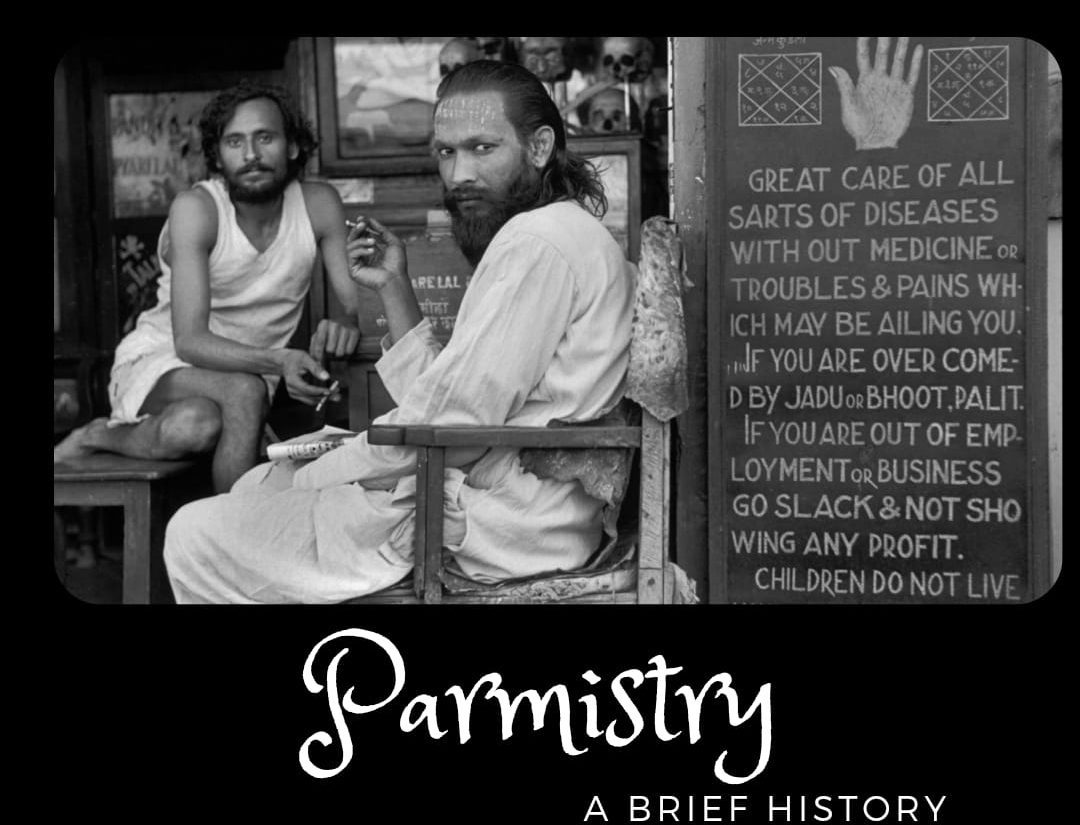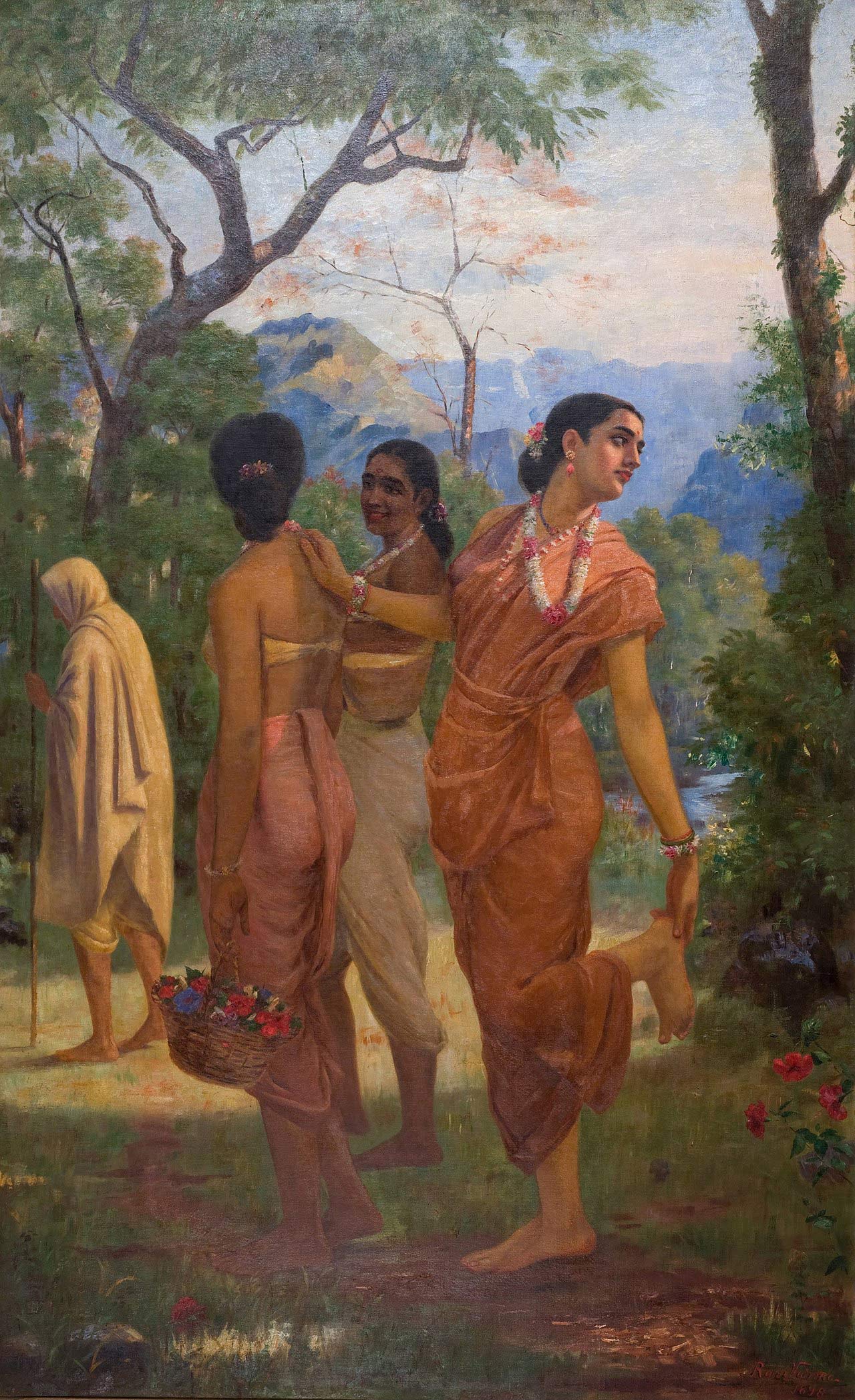
Article by EIH Subject Matter Expert
Dr. Sonika Sandhu
Palmistry has a been prevalent in India from the ancient times. Some speculate that it may have originated in India and spread to other oriental and ancient states like China, Egypt, Tibet and Greece. However these claims are disputed and remains to be proven. Even in prehistoric times cave paintings have been found with hand imprints and stencils. Numerous stone, ivory and wooden figures of hands have been recovered from various chalcolithic cultures around the world .Studies show that most ancient communities like the Sumerians, Tibetans, Hebrews, Babylonians, Egyptians and Persians were greatly interested in this study and the practice of palmistry.
In India till date palmistry is practiced by the Joshi community and it was regarded as a comprehensive science from the Vedic times and a treatise called ‘Hast Samudrika Shashtra” was written on it. According to William G. Benham, One of the greatest researchers in Scientific Palmistry “The Hindus have an elaborate system of using these lines of Influence and depend upon them for a large part of their work”. In his study he found that a person’s age could also be predicted by palmistry. Lord Vishnu expounded on this to Lord Shiva and states “’ If the life line reaches the base between index and middle fingers then the concerned person lives for a century. If the life line is long, clear and without intersections from other lines then the concerned person lives for a hundred years”. A women’s future and her auspicious nature could also be guessed by looking at her hands. A woman having a cobweb of lines on her palms is sure to lead a torturous and painful life whereas a palm with few lines indicates that she would be poor. If the lines are pink, then they indicate happiness, prosperity and good health whereas blackish lines indicate that she would have a hard life. Any woman having a festoon mark on her palms indicates that she would get married in a family superior to her in status. Besides these according to Mary Louise Rishi Valmiki also wrote a book ‘The Teachings of Valmiki Maharshi on Male Palmistry” and comprises 567 stanzas on this artform.
Palmistry came to China in around 3,000 B.C . In China it formed an important part of their culture, since the Zhou dynasty it has been practiced however the first systematic study was done during the Western Han dynasty (202 BCE – 9 CE), this treatise was written by Xu Fu. According to him Palmistry is used to help give people direction in life and to shed light on personal issues like health, finances and family.
One thing is for sure is that it was practiced in multiple cultures around the world, even Aristotle has made a mention of it in his works. Formally palmistry is known as ‘Cheiromancy’, the art of foretelling the events of life by the lineaments of the hand. This word finds its origin from the Greek word ‘Chciros’ which translates to the palm and ‘umnteia’ meaning to foretell. Palmistry or chiromancy (also spelled cheiromancy, Greek kheir (χεῖρ, ός), “hand”;manteia (µαντεία, ας), “divination”), is the art of characterization and foretelling the future through the study of the palm, also known as palm reading, or chirology. The Greek physicians Hypocrites and Galen (130-200CE) even used it in their treatments and in clinical examination of their patients.
One of the objectives of this practice is also to evaluate a person’s character besides his or her’s future and this has had important connotations in the imperial and royal courts of the past. However this mystical art gained backlash and unpopularity during the middle ages when it came to be associated with witches and dark elements of the spirit world. In the western world, the mention of this comes as ‘Pawmestry’ in 1420 by John Lyngate in his Assembly of God’s documents. The first book on Palmistry was Michael Scots De Philsiognomia written in 1477. Paracelsus (1493-1541 CE) and Fludd (1574-1637 CE) brought respectability to palmistry through their writing. In the 20th century it was further revived with the patronage of renowned psychiatrists like Carl Jung. Over time it became famous with fortune tellers, mystics and gypsies.
References:
Tin, K.H.H., 2016. An effective method of a person’s character or future using the palmprint images. International Journal of Research and Scientific Innovation, 4.
Fincham, J., 2005. The spellbinding power of palmistry. Green Magic.
Lynch, E., 1873. PALMISTRY. The Saint Pauls magazine, 13, pp.380-387.




















